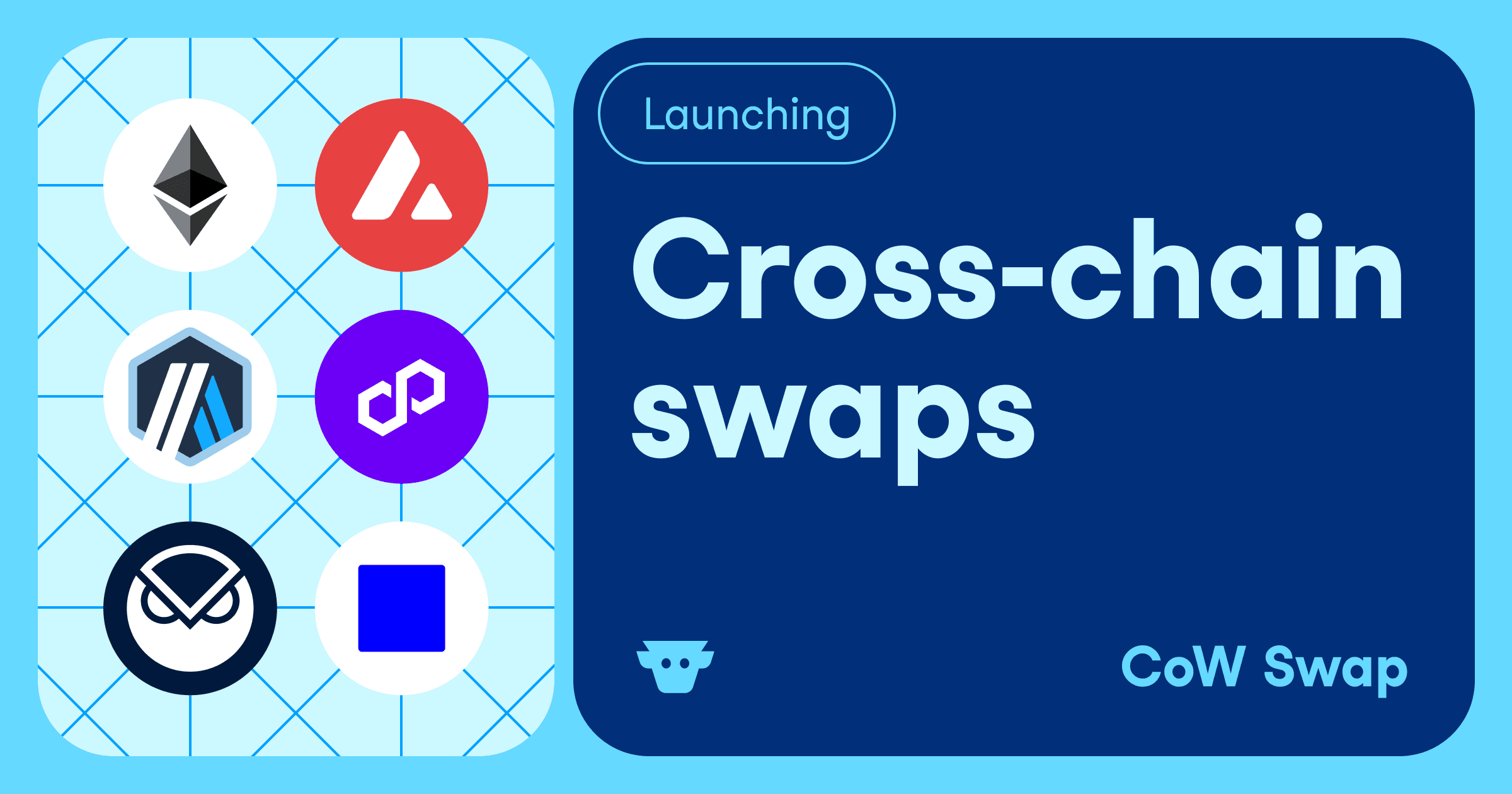What is a Mempool?
Mempools represent a fundamental, often overlooked, component of blockchain architecture. They serve as the holding area for transactions before they are verified and permanently committed to the chain.
For any participant in DeFi, understanding the mempool is crucial for grasping how blockchain trading truly functions, particularly with respect to the pervasive issue of Maximal Extractable Value (MEV).
In this article we will:
-
Define the architecture and process of mempools.
-
Examine how MEV attacks leverage the transparency inherent in mempools.
-
Detail how CoW Protocol manages and navigates the mempool as part of its intent-based trading model.
Mempools Explained
A mempool is a node's pool of unconfirmed transactions. When a user submits a transaction to a decentralized network, it is first broadcast to the mempool, where it waits for inclusion into a block.
The process involves a few key actors:
-
Traders (Users): Submit transactions (intents to swap, transfer, etc.) into the mempool, where they are publicly visible as pending transactions.
-
Searchers (or solvers): Act as intermediaries. They monitor the mempool, identifying profitable batches of transactions, sequencing them optimally, and preparing a block for submission.
-
Block Builders: Select the best-performing batches (often based on projected profit) from searchers to assemble the next canonical block, at which point the transactions are executed and finalized.
The entire process, from submission to final inclusion, relies on the assumption of public visibility within the mempool.
Managing Transactions and the Risk of Front-running
The open nature of the mempool is central to its security model, but it simultaneously introduces significant vulnerabilities for individual trades.
Transaction Vulnerability
Once your transaction, say, a swap of USDC for ETH with a defined slippage tolerance - enters the mempool, it is a publicly visible piece of data. Other actors on the network can see the exact pending trade and, critically, have the ability to influence when and where that transaction is executed relative to others.
Shrewd searchers can leverage this sequencing power to insert their own transactions, or those of a partner, into a block to extract value.
One of the most common ways this is achieved is in a sandwich attack. Here’s how it works:
-
A searcher identifies a large pending purchase in the mempool (your transaction).
-
The searcher immediately executes a purchase of the same asset just before your transaction, minimally raising the price.
-
Your transaction executes at the slightly higher, manipulated price, often moving the price further.
-
The searcher immediately executes a sell order right after your transaction, profiting from the price movement caused by your initial purchase.

This form of manipulation can undermine trading strategies, especially those that rely on tight execution margins.
Mempools and MEV
MEV strategies rely on the simple fact that the mempool provides manipulable, public knowledge. Searchers are constantly combing through the mempool to find points of value extraction, utilizing this information asymmetry inherent in the architecture.
MEV has proven highly resilient despite numerous efforts to combat it. This difficulty is compounded when attackers can use multiple DEXes and mempools to find exploits.
Private Mempools as a Mitigating Factor
One direct approach to mitigating MEV is the adoption of private mempools.
Private mempools are secured by permissioned endpoints, accessible only to trusted groups that handle the search and block-building processes. This architecture can introduce parameters designed to disincentivize MEV. For example, some protocols, including our own MEV Blocker, introduce dummy transactions into the private mempool before batch commitment to attach risk to potential MEV strategies.
While private mempools offer a stronger layer of protection against front-running, their reliance on a controlled set of trusted participants introduces a different kind of risk: centralization. The efficacy of the solution is tied directly to the security, trust, and performance of the private host. This is where CoW Swap differs.
Managing mempools with CoW Swap
At CoW Swap, we address the architectural vulnerability of the public mempool by fundamentally changing how a user's trade request is handled. We utilize batch auctions and an intent-based trading architecture to protect users and the protocol from MEV attacks.
Bypassing the Public Mempool
Instead of submitting raw transactions directly to the mempool, traders submit an intent to the CoW Protocol. This intent is an off-chain request to achieve the best possible swap.
-
Intent Submission: The user submits their trading intent to the protocol. This intent remains private and off-chain.
-
Solver Competition: Our decentralized network of solvers receives these intents. They compete to resolve batches of intents into the most efficient sequence of transactions, optimizing for the best price for the user.
-
Risk Hedging and Submission: The winning solver, who has secured the best execution, prepares the final batch of transactions. This batched solution is then submitted to the public mempool. Only the solver's bundled solution is exposed to potential MEV, and the solver's risk is hedged by a bounty from protocol fees.
By keeping the user's intent private until the moment it is committed in a bundled, optimized batch, CoW Protocol effectively shields transactions from MEV. This approach provides robust protection without the trade-offs of a fully centralized private mempool. We ensure that your transaction is protected by architecture, not just by trust.
Ready to experience a trading environment designed to protect your value?
👉 Try CoW Swap today and explore intent-based trading.

